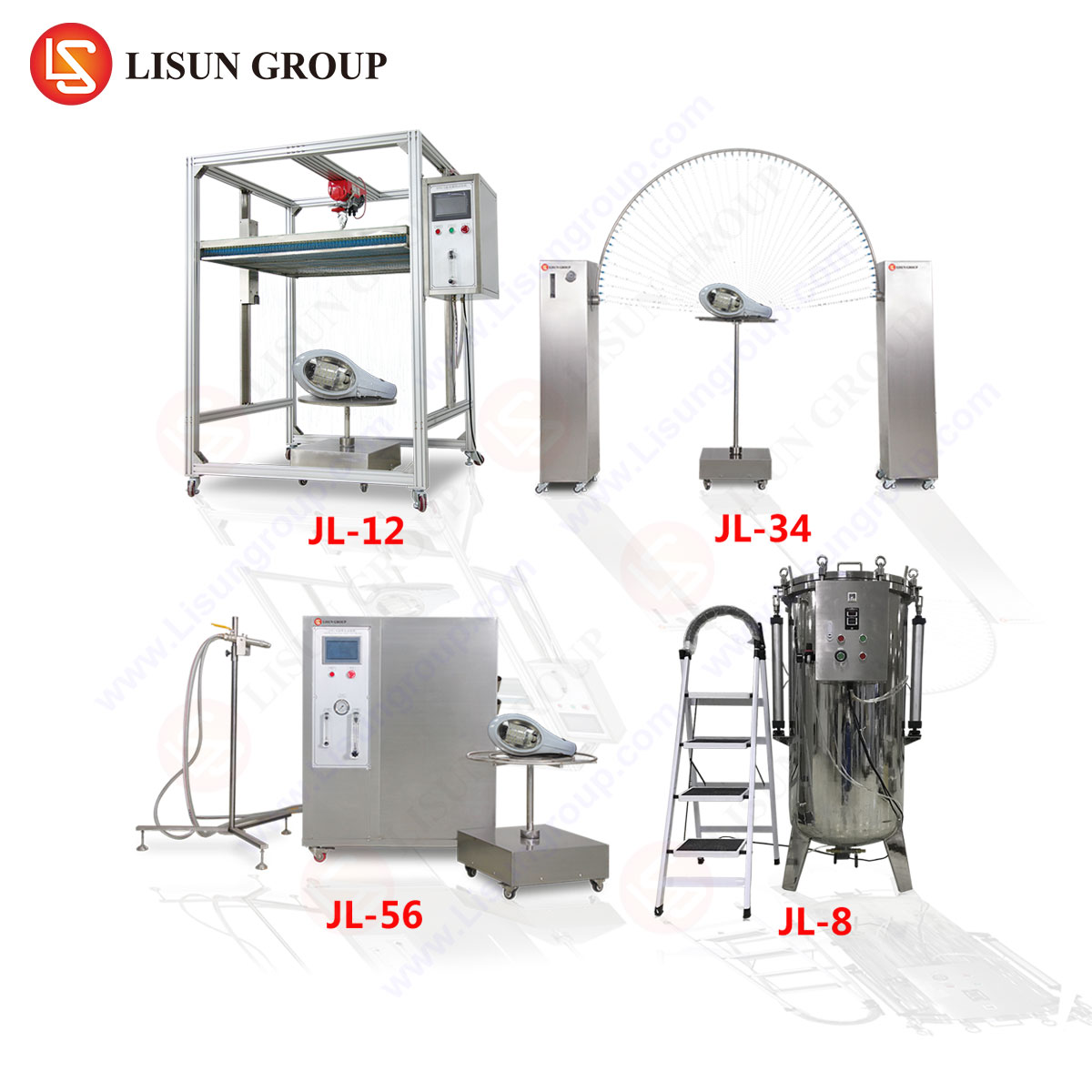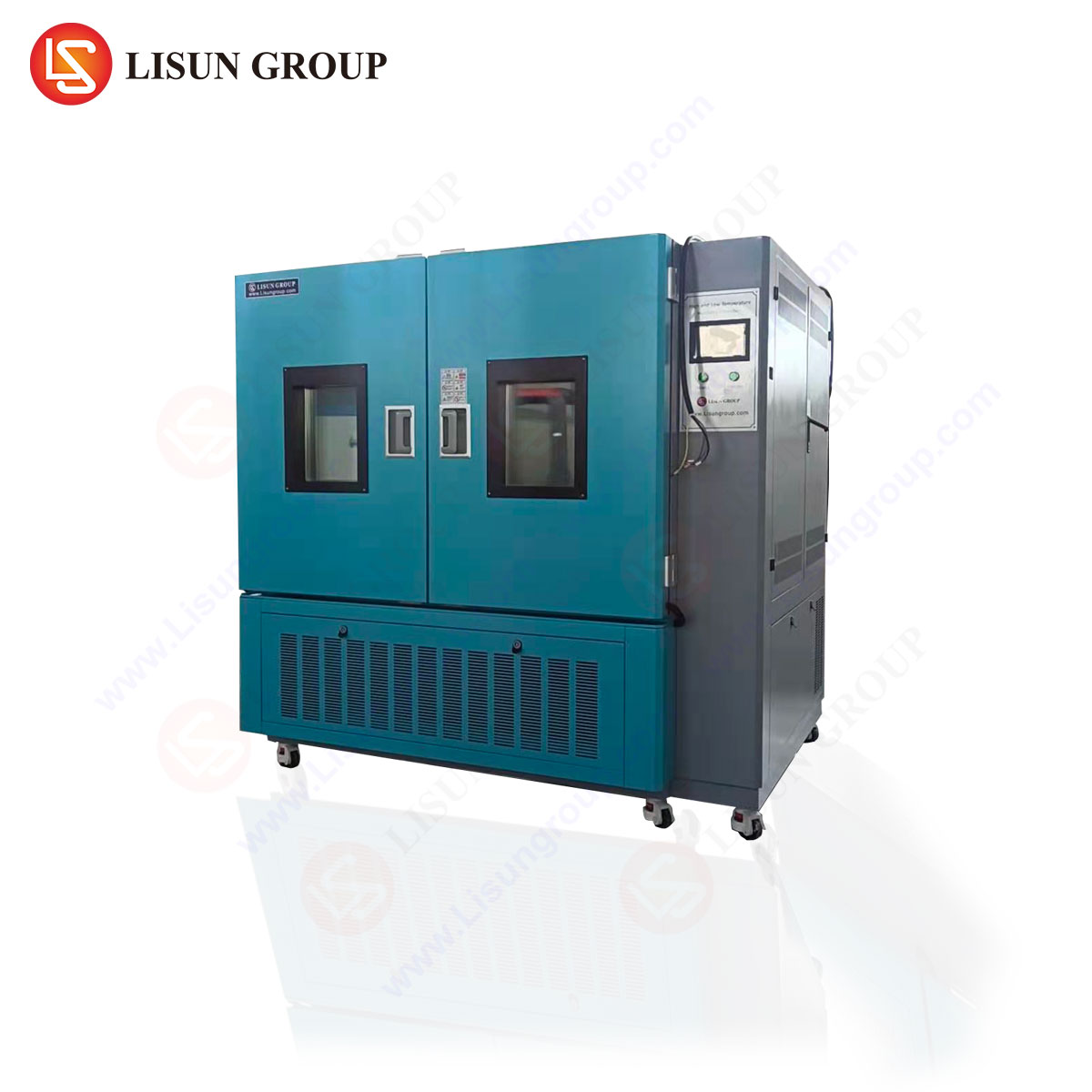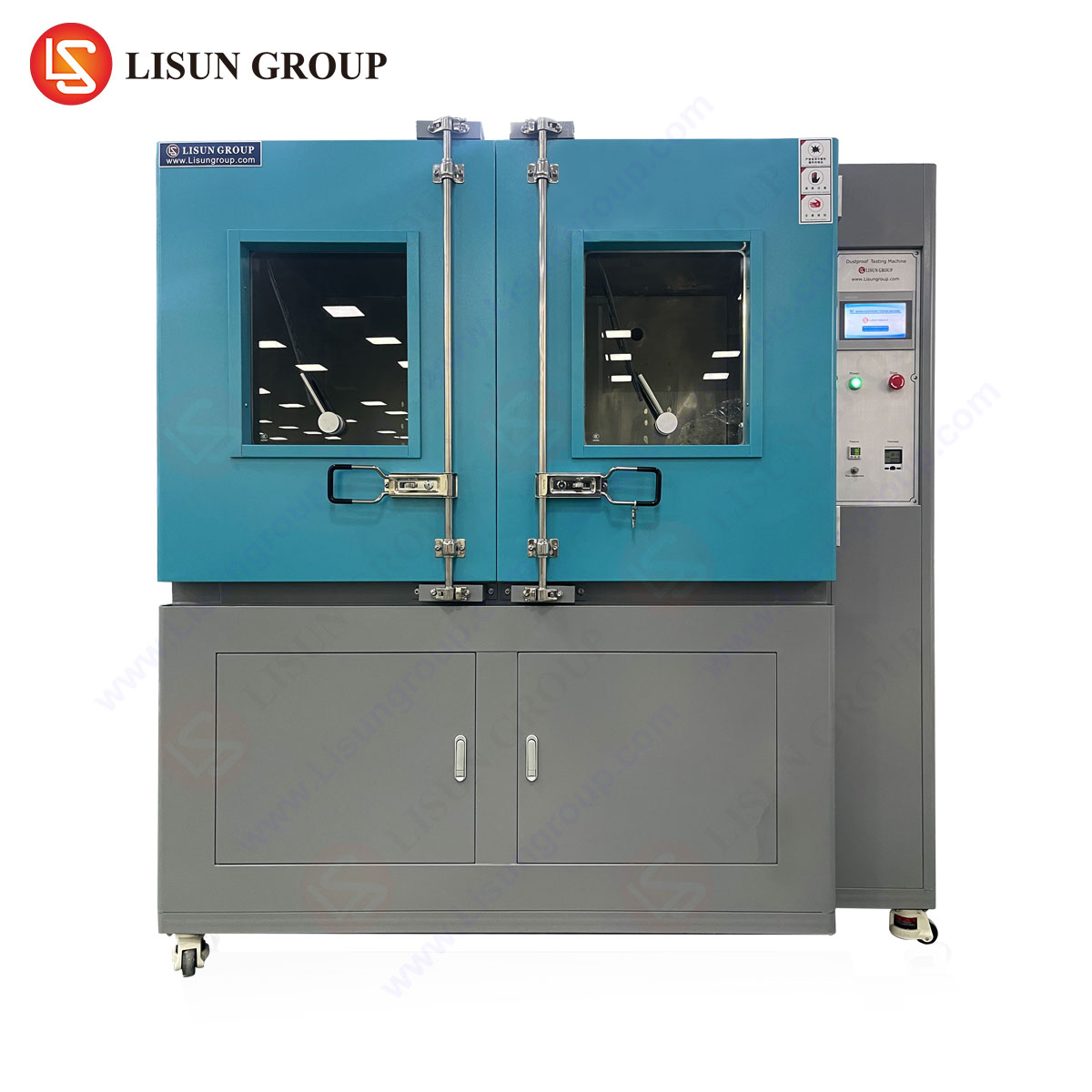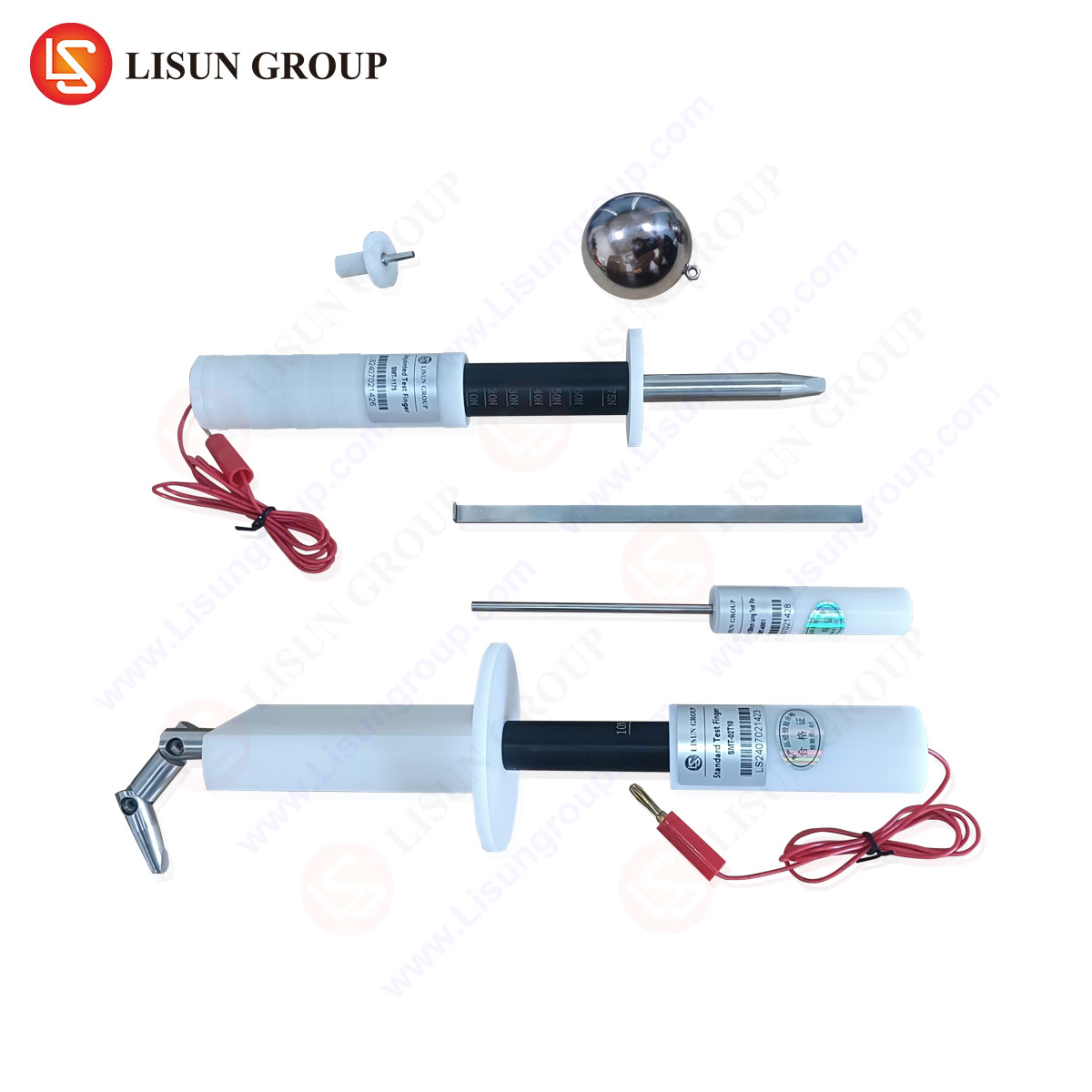Introduction to Salt Spray Corrosion Testing
Salt spray corrosion testing, also known as salt fog testing, is an accelerated environmental simulation designed to evaluate the corrosion resistance of materials and surface coatings. This method subjects test specimens to a controlled saline mist, replicating harsh marine or industrial atmospheres to predict long-term durability. Industries such as automotive electronics, aerospace, and consumer electronics rely on this test to ensure product reliability under corrosive conditions.
The LISUN YWX/Q-010 and YWX/Q-010X salt spray test chambers are engineered to meet stringent international standards, providing precise and repeatable test conditions for materials ranging from electrical connectors to coated metal components.
Fundamental Principles of Salt Spray Testing
Salt spray testing operates on electrochemical corrosion mechanisms, where sodium chloride (NaCl) solution atomizes into a fine mist within a sealed chamber. The test accelerates oxidation and galvanic reactions, simulating years of exposure in a condensed timeframe. Key factors influencing test outcomes include:
- Chamber Temperature: Maintained at 35°C ± 2°C (ASTM B117) to ensure consistent reaction kinetics.
- Solution pH: Adjusted to 6.5–7.2 to prevent artificial acceleration beyond real-world conditions.
- Spray Nozzle Design: Optimized for uniform mist distribution, minimizing droplet coalescence.
The YWX/Q-010X model enhances testing precision with automated pH monitoring and digital temperature control, reducing human error in compliance-critical industries like medical devices and aerospace.
Relevant Industry Standards and Compliance
Salt spray testing adheres to globally recognized standards, ensuring cross-industry comparability:
| Standard | Scope | Applicable Industries |
|---|---|---|
| ASTM B117 | Standard practice for operating salt spray (fog) apparatus | Automotive, aerospace, electrical components |
| ISO 9227 | Corrosion tests in artificial atmospheres – Salt spray tests | Telecommunications, lighting fixtures |
| IEC 60068-2-11 | Environmental testing – Part 2-11: Salt mist | Industrial control systems, consumer electronics |
| JIS Z 2371 | Japanese industrial standard for salt spray testing | Household appliances, office equipment |
The LISUN YWX/Q-010 complies with all major standards, featuring programmable test cycles for cyclic corrosion tests (CCT) required in automotive electronics and marine applications.
Key Components of a Salt Spray Test Chamber
Modern salt spray chambers integrate advanced subsystems to maintain test integrity:
- Corrosion-Resistant Construction: Polypropylene or PVC-lined steel prevents chamber degradation.
- Precision Air Saturator: Preheats and humidifies compressed air to prevent solution concentration drift.
- Automated Spray System: Ensures consistent droplet size (1–3 µm) for uniform specimen exposure.
- Data Logging and Connectivity: The YWX/Q-010X supports real-time monitoring via RS-485 or Ethernet, critical for aerospace component validation.
Applications Across Industries
Automotive Electronics
Corrosion-resistant coatings on connectors, PCB assemblies, and sensors are validated using salt spray testing. The YWX/Q-010X’s cyclic testing mode evaluates combined effects of humidity, salt, and drying phases, simulating underhood environments.
Aerospace and Aviation
Aluminum alloys and composite materials undergo prolonged salt fog exposure (1,000+ hours) to meet FAA and MIL-STD-810 requirements.
Medical Devices
Implantable components and surgical tools are tested for pitting resistance, ensuring biocompatibility under saline-rich physiological conditions.
Consumer Electronics
Smartphone housings, charging ports, and wearables are assessed for aesthetic and functional durability against sweat and coastal climates.
Advantages of the LISUN YWX/Q-010 Series
- Enhanced Control Stability: PID temperature regulation (±0.1°C) minimizes fluctuations.
- Modular Design: Optional add-ons for humidity and UV testing (e.g., YWX/Q-010X Pro).
- Energy Efficiency: 20% lower power consumption vs. conventional chambers.
- Regulatory Readiness: Pre-loaded test protocols for ASTM, ISO, and IEC standards.
Interpreting Test Results and Failure Modes
Post-test analysis includes:
- Visual Inspection: Red rust (Fe₂O₃), white corrosion (ZnO), or blistering per ISO 10289.
- Electrochemical Measurements: Polarization resistance or EIS for quantitative data.
- Cross-Sectional Microscopy: Coating delamination or substrate penetration assessment.
False positives may arise from improper specimen preparation (e.g., residual machining oils). The YWX/Q-010’s pre-test cleaning guidelines mitigate such errors.
FAQ Section
Q1: What distinguishes neutral salt spray (NSS) from acetic acid salt spray (AASS)?
A1: NSS uses a 5% NaCl solution at pH 6.5–7.2, while AASS adds glacial acetic acid to lower pH to 3.1–3.3, accelerating corrosion for more aggressive testing.
Q2: Can the YWX/Q-010X test non-metallic materials?
A2: Yes, it evaluates plastics, ceramics, and coated composites under customized protocols (e.g., ISO 11997-1 for paints).
Q3: How often should chamber calibration be performed?
A3: Annual calibration is recommended, with weekly checks for nozzle clogging and solution concentration.
Q4: What industries mandate cyclic corrosion testing?
A4: Automotive (SAE J2334), aerospace (MIL-STD-810), and marine (ISO 14993) sectors often require cyclic tests.
Q5: Does LISUN provide validation services for the YWX/Q-010?
A5: Yes, LISUN offers IQ/OQ/PQ validation packages to meet GMP and ISO 17025 requirements.







